Corporal Martin Burns
Guarding Presidents and Camp David
by Richard D. L. Fulton
Martin “Marty” Burns, of Thurmont, was born in 1965 to parents Patricia and Jay Burns, resided in Munroe Falls, Ohio, and graduated from Stow–Munroe Falls High School, Stow, Ohio.
Burns subsequently enlisted in the Marine Corps in 1985 and was sent to Parris Island “boot camp” for training. Burns said he wanted to be an aviation mechanic. During boot camp, he was recommended for reassignment to the Presidential retreat Camp David duty by a Marine drill instructor. Burns initially tried to turn down the offer, “I didn’t even know what Camp David was,” he said.
It required that he change to the Marine Corps infantry career field and forego his desire to serve as an aviation mechanic.
But, he said, “I didn’t want to be a ‘grunt (infantryman). His Drill Instructor responded, “Do you know what you’re turning down? You will guard the President of the United States.” He subsequently accepted and received orders to Marine Barracks Washington.
Having been at 8th & I for “just shy of a year,” he was being considered for assignment to the White House as a member of the presidential guard.
He didn’t quite make it to the White House. Several Marine guard positions opened up at Camp David, unexpectedly, and Burns found himself enroute to that presidential compound.
Burns’ duties at Camp David included providing overall security for the President and presidential guests, in conjunction with the Secret Service when the president or presidential guest was onsite and providing physical security for the base when they weren’t.
Burns served at Camp David during President Ronald Reagan and President George H. W. Bush, Sr., and often encountered both during their stays at the presidential retreat.
Regarding Reagan and First Lady Nancy Reagan, Burns stated that they kept to themselves, and we were not to be seen or heard. “They routinely brought horses up, and we would see them horseback riding,” Burns said, “and a couple of times had lunch with them.” Otherwise, he stated, they kept to themselves.
Burns said President Bush and First Lady Barbara Bush were “exactly the opposite” of the Reagans, noting that the President and First Lady would often talk with the Marines and joke with them, and even invited them to play racquetball.
When Bush entered the gym on one of his first visits to Camp David as president, he questioned where the Marines and others were, and was told that Reagan never wanted them present when he used camp facilities. Burns stated that Bush told the staff, “If they (Marines and other military members) use this (gym) when I’m not here, then they can use it when I am here.”
Burns said the Bush family “did not act like they were special,” adding, “He (the president) was an incredibly humble, personable individual.”
Burns left the Marine Corps in 1989, and, for his service as a member of the presidential guard, he was awarded the prestigious Presidential Service Badge, being the 9,381st member of the military to receive the medal since it was established back in 1964.
After leaving the Marine Corps, Burns worked at Holy Hills Country Club—where, again, he met President Bush—and in the security industry, which even included returning to Camp David to install a new security system.
He ultimately landed at the Pentagon, where he served for more than two decades, and recently retired from federal service in December 2022.
In 1989, Burns settled in Thurmont, where he served as a commissioner from 1999 to 2001, and as mayor from 2001 to 2013. He then subsequently served as commissioner again until 2021.
Burns with his wife, Suzanne, have two grown children, and he continues to work in security as a senior manager for Lockheed Martin.
For leisure, he likes to take mechanical things apart and reassemble them, or fix them, and enjoys playing pickleball.
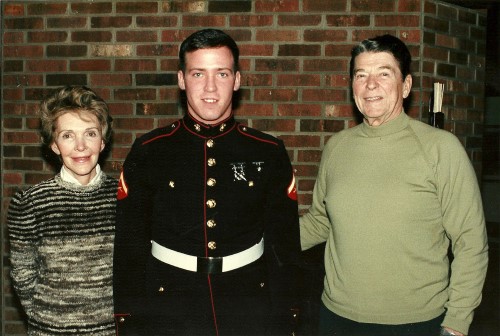
Nancy Reagan, Martin Burns, and President Ronald Reagan at Camp David, 1987.
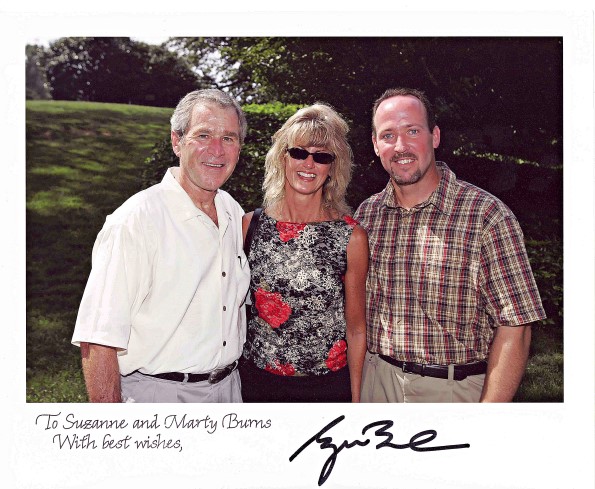
President George H. W. Bush and Suzanne and Martin Burns at The White House, 2006.
Photos Courtesy of Marty Burns

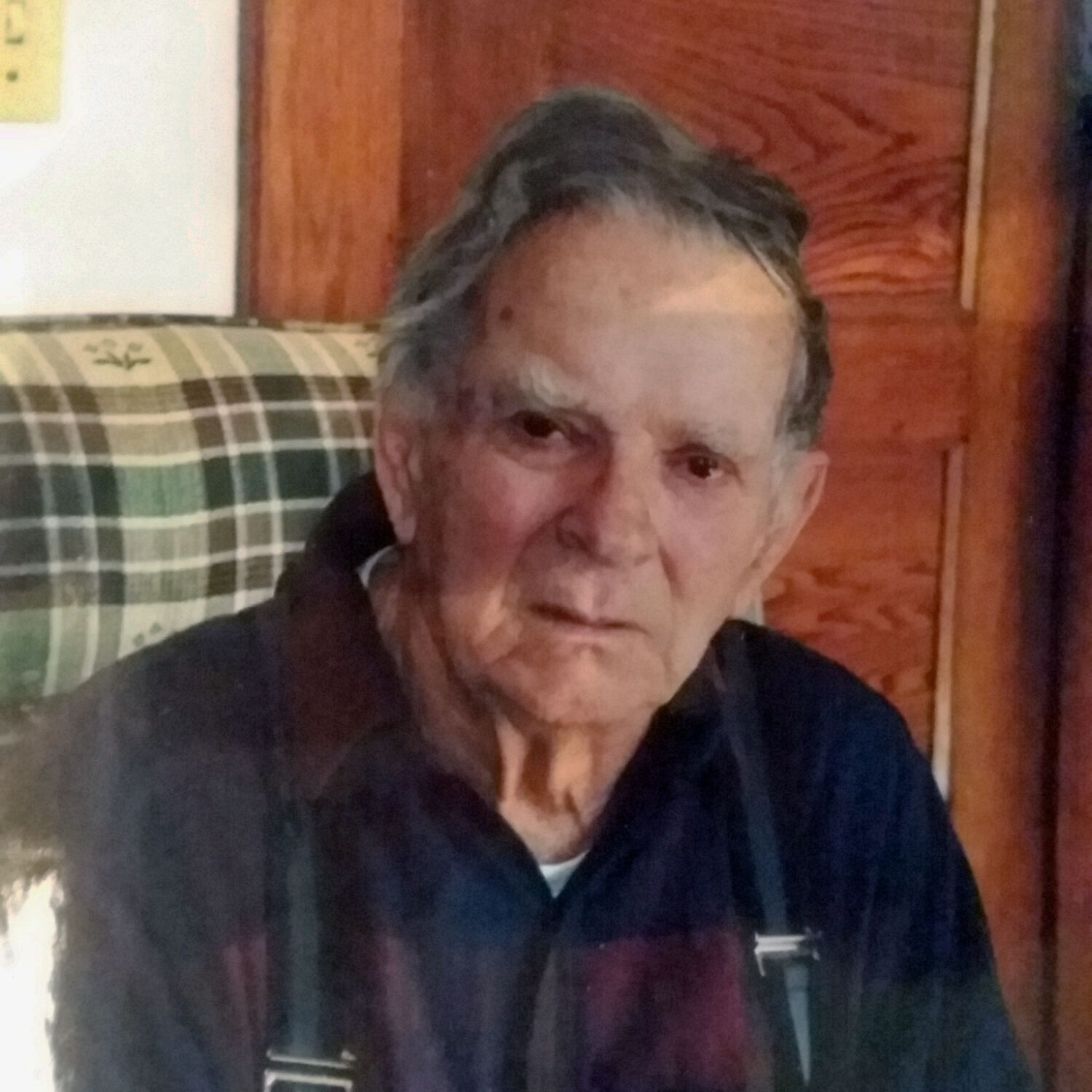
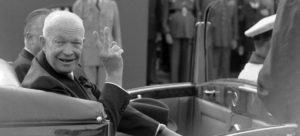
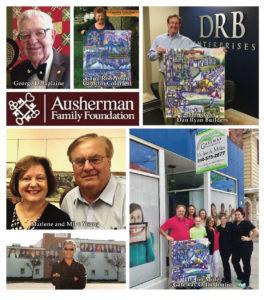 Local Artist Yemi Fagbohn announced in spring 2017 that he would be completing the mural project on Main Street, on the former electric building, after the Thurmont Commissioners approved the project to proceed. The current Main Street murals depict Thurmont’s historical buildings, natural resources, and trolley history, which were completed in collaboration with the Thurmont Lions Club, Yemi, and the town of Thurmont. There are four panels left to complete on the building, and Artist Yemi’s aspiration has always been to ensure every empty panel is framed with a mural!
Local Artist Yemi Fagbohn announced in spring 2017 that he would be completing the mural project on Main Street, on the former electric building, after the Thurmont Commissioners approved the project to proceed. The current Main Street murals depict Thurmont’s historical buildings, natural resources, and trolley history, which were completed in collaboration with the Thurmont Lions Club, Yemi, and the town of Thurmont. There are four panels left to complete on the building, and Artist Yemi’s aspiration has always been to ensure every empty panel is framed with a mural!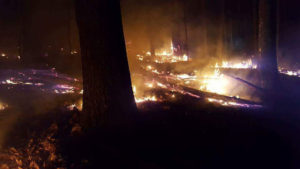
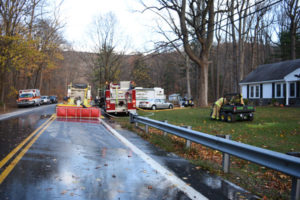

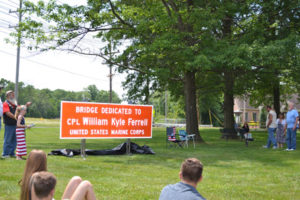
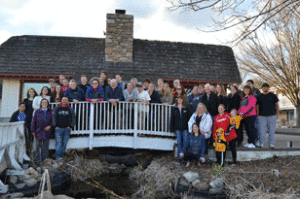
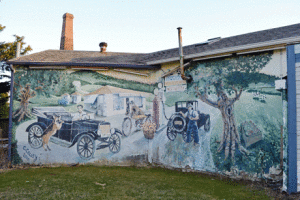
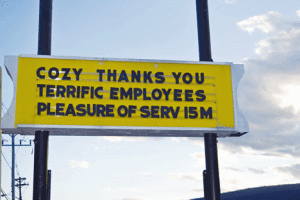
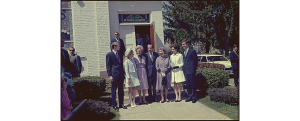 Easter at Camp David
Easter at Camp David